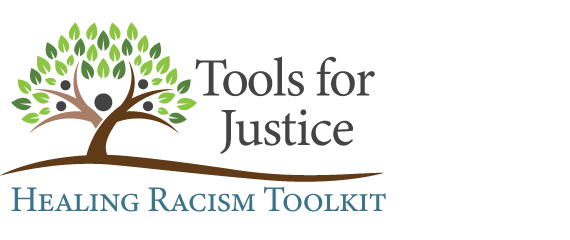
Black people were 24% of those killed despite being only 13% of the population.
There were only 27 days in 2019 where police did not kill someone.
Black people are most likely to be killed by police
3x more likely to be killed by police than white people.
1.3x more likely to be unarmed compared to white people.
It’s not about crime
Sundown towns are not just places where something racist happened. It is an entire community (or even county) that for decades was “all white” on purpose. “All white” is in quotes because some towns allowed one black family to remain when they drove out the rest. A town may have been sundown once, but now is not. Ferguson, MO, was a sundown town between 1940 and 1960. By 2014, when racial conflict famously erupted, like some other “recovering” sundown towns, it still displayed “second generation sundown town problems”

Inevitably, when the United States sneezes, Black America catches a cold. And this is no ordinary sneeze and no ordinary cold.

Research shows … structural barriers stopped many people who were not white from buying property and building wealth for most of the last century. … Racial covenants dovetailed with redlining and predatory practices to depress homeownership rates for African Americans. Contemporary white residents like to think their city never had formal segregation. But racial covenants did the work of Jim Crow

In Chicago, 70% of deaths were black residents. Historically, Chicago’s black communities have been disproportionately affected by health-related issues including poverty, environmental pollution, and limited medical care…

Incarceration has had a devastating impact on low-income African-American neighborhoods.
Starting with the identification of “million-dollar blocks” in the early 2000s, researchers have been identifying “hot spots” for mass incarceration. From this analysis, an emerging consensus has developed: incarceration has had a devastating impact on low-income African-American neighborhoods. Meanwhile, more affluent and white areas have gone largely unscathed.






















